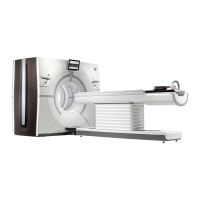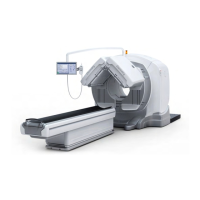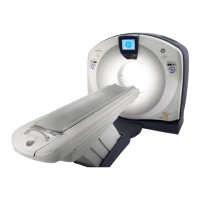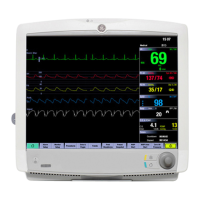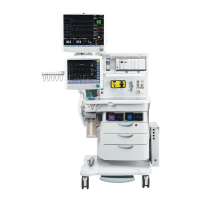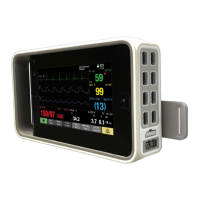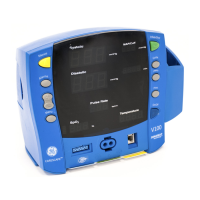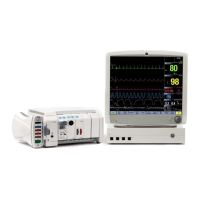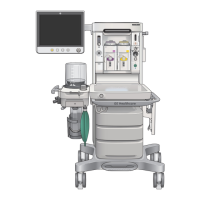GE MEDICAL SYSTEMS CT 9800 QUICK SYSTEM
Rev. 19 Direction 18000
4-13-3
A secondary message posted after the Advisory & Caution messages indicates whether slope calibration was
applied to the reconstruction of the identified image. If the ‘Slope Calibration was not applied’ message is posted,
this means that there was a low correlation between the reconstruction data and expected slope artifact
conditions. Under these conditions the slope calibration software would not be effective, and nor correction is
made during reconstruction. This message is added to the error log, and is displayed as:
13-3 Slope Calibration Effectiveness
The Slope Calibration algorithm is most effective on center artifacts appearing on anatomy with a consistent slope
pattern. Therefore, artifacts in head studies may be reduced significantly with slope calibration, while artifacts in
abdomen studies (irregular slope patterns) may show little or no improvement with slope calibration.
13-4 False Messages
The slope error calculation used for caution and advisory messages analyzes the CT scan data for high
frequency content that can cause rings, bands, and center spots near iso-center. High frequency content in
anatomy near iso-center can cause the error calculation to result in a caution or advisory message when no
artifact is actually present. Sharp bone/tissue interfaces near iso-center, such as seen in normal sinus studies, for
example, may generate a warning message. The bone/air edge near the top of heads may also generate a
message.
SLOPE CALIBRATION DATA LOG
The purpose of this section is to explain the reconDataLog functionality of the Slope Calibration feature. The
Slope Calibration Software is described in detail in section 4-13-1 of this manual.
13-5 Introduction
The reconDataLog function saves special Slope Calibration data as images are reconstructed during patient
scanning. This function may prove useful when troubleshooting image artifacts that cannot be duplicated during
the AutoTest/AutoSummary procedure.
At present, reconDataLog files are used within CT Engineering for analysis of detector related image artifacts.
The commands to run recon DataLog are provided below, so that you can initiate data collection if requested. No
field troubleshooting procedures are provided to use reconDataLog at this time.
13-6 Turning Data Logging ON
The Data Logging function is implemented as an R-level REGEN/S function.
• Run REGEN/S and answer “Y” to the first prompt. NEW Logging Activity value, (Y/N):
If you wish to keep a copy of the previous log, then rename QDR:SLOPECAL.LG while at R-level, or save it to
tape before initiating “M” or “M/S” (with autotest OFF).
13-7 Turning Data Logging OFF
The data logging function will turn off automatically when the maximum number of patient recons is reached. The
default is set to 1000 reconstructions, enough to handle a typical patient exam.
Logging will always restart each time “M” is re-entered, and will clear old log information. To stop this from
occurring, run REGEN/S and answer “N” to the first prompt. NEW Logging Activity value, (Y/N):
Advisory: Slope calibration not applied. ier = 592

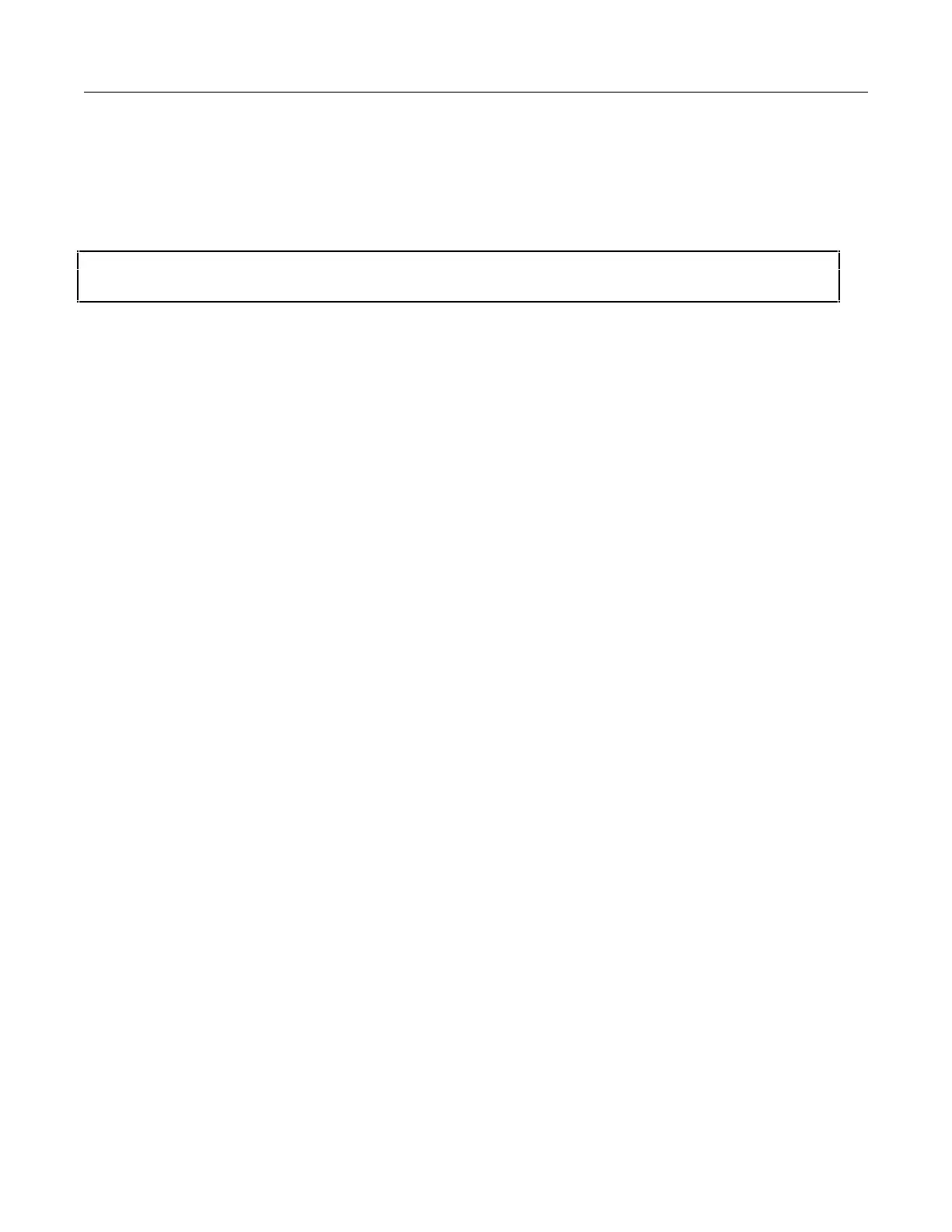